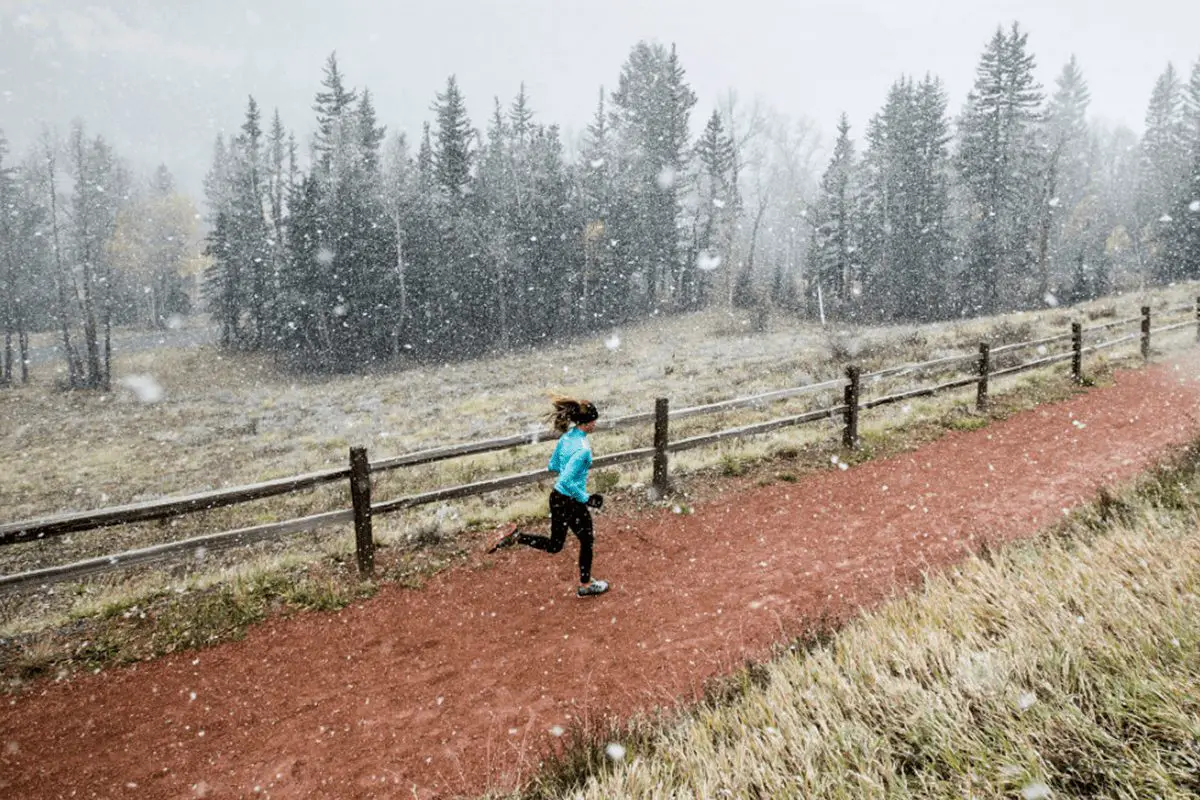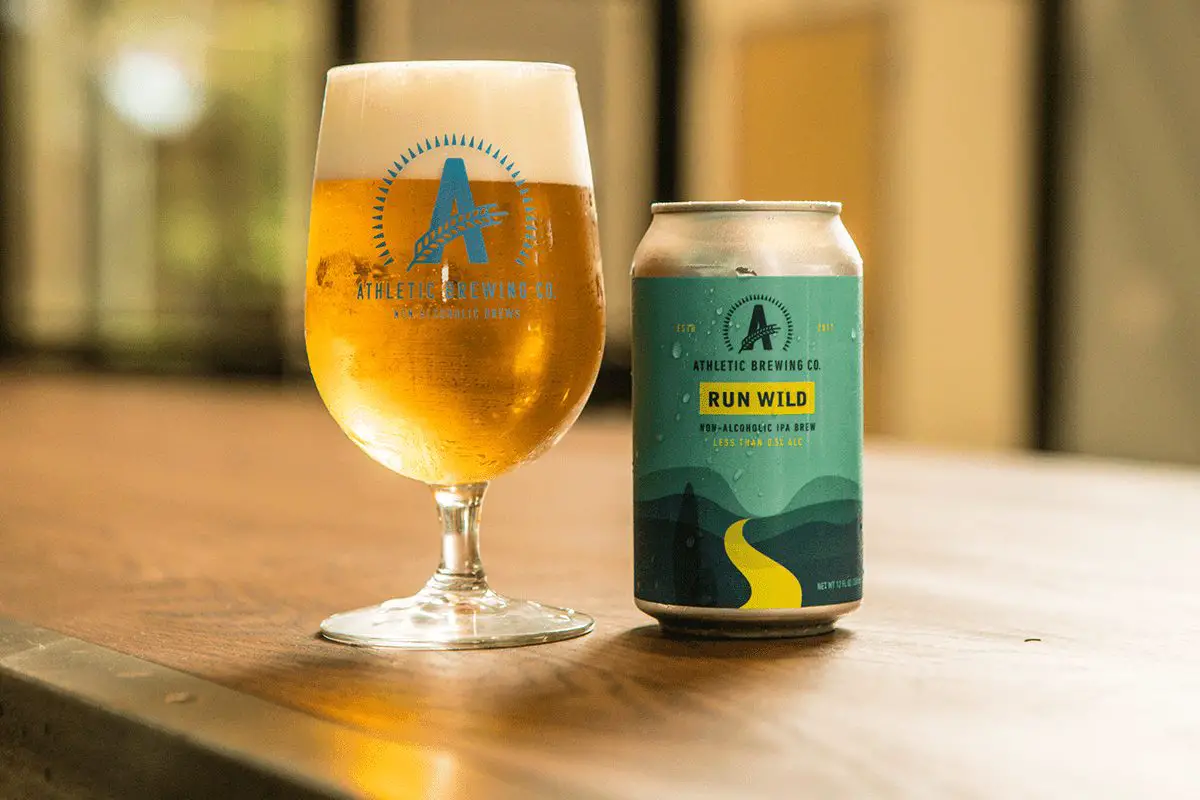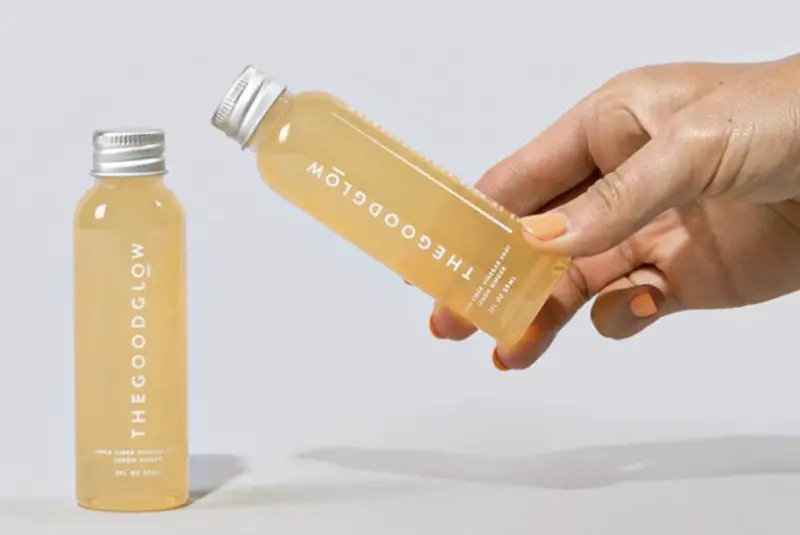Recently hitting the airwaves out of Thailand is news of Black Ivory Coffee, whose whopping $500-a-pound price tag alone would be enough to generate a headline or two. However, what set the world into a tizzy isn’t the price, but the procurement. To get its “earthy” flavor, the coffee cherries first have to go in one end, and then come out the other end, of an elephant.
Ick. I don’t know about you, but coffee a la Jumbo’s heinie has just GOT to be one of the worst PR campaigns I’ve heard yet. I don’t think I ran to a cup of tea so fast in my life.
But tea is its own world, populated by a United Nation’s worth of species. There are several reputable brands, Kusmi, Grace Tea Company, and Twinnings (which carries Queen Elizabeth II’s seal of approval for cachet) among them, but to get the full tea experience, those establishments that whip up their own blends are the places to go.
For all things tea, I turned to a veritable guru on the subject, David Wong. Owner of New York’s venerable McNulty’s Tea & Coffee Co., Wong oversees what at first glace looks more like Gandalf’s apothecary than a tea emporium. Dozens of bell jars filled with deliciously aromatic concontions, from rosebuds to peppermint, burst from the shelves—this place is floor-to-ceiling TEA. Where to begin?
“The Big Three are green tea, oolong, and black teas,” Wong explains. “Green teas are unfermented, oolong teas are partially fermented, and black teas are fully fermented. Also, there is white tea. White teas are also unfermented like greens, but are processed differently in the drying process.”

Fermentation? Does that mean I can get a buzz of a different sort if I drink enough? Sadly, no. Tealeaves are first plucked from trees pruned to bush-sized proportions and then set to dry naturally in climate-controlled conditions. As they dry, the leaves darken as enzymes break down the chlorophyll and release the tannins. In tea-speak, this chemistry-from-the-inside is fermentation, and how much takes place dictates what kind of tea results.
Broadly speaking, anyway. Tea isn’t regulated like wine or cheese, so a lot things that say “tea” actually aren’t. Says Wong, “Herbal teas such as chamomile are considered herbal beverages because you brew them the same way as regular tea. The only difference is that herbal ‘teas’ are not from the tea plant, so they don’t have any caffeine.”
So there’s the 411 on tea. But what about chai?
“The word ‘chai’ actually means tea in different languages,” continues Wong. “In America today, chai tea is considered a tea blend with many different spices added in, such as black pepper, cinnamon, cardamom, ginger, or orange peels. It is normally brewed like a regular tea, but with steamed milk or hot milk added on top. It is probably copied from the tea they serve in the Kashmir region of India.”
After all that, I still wasn’t done–what good is tea if it isn’t brewed properly? Not far from McNulty’s is Tea and Sympathy, a British islet awash in a Yankee sea. Tea may have originated in Asia, but it was the English that made it a worldwide phenomenon. Proprietress Nicky Perry recommends seeping tea in a fine bone china teapot (metal is reactive to both water and the tea in it) between four and five minutes in fresh, boiling water, and is best paired with cake. She is, however, quick to roll her eyes at the “proper” practice of sticking your little finger out while drinking.
“You’ll look like an idiot,” she warns. But not nearly so much as falling for elephant-butt coffee.
(Author’s Note: Just to put the argument to rest, it is coffee, not tea, that has the most caffeine. In a typical eight-ounce cup serving, coffee comes in at 160 milligrams, while black tea, say, English Breakfast, has about 60 milligrams. Oolong has about 45, green tea has about 30, and white tea has about 20 milligrams. A perfect excuse to have another cup.)


